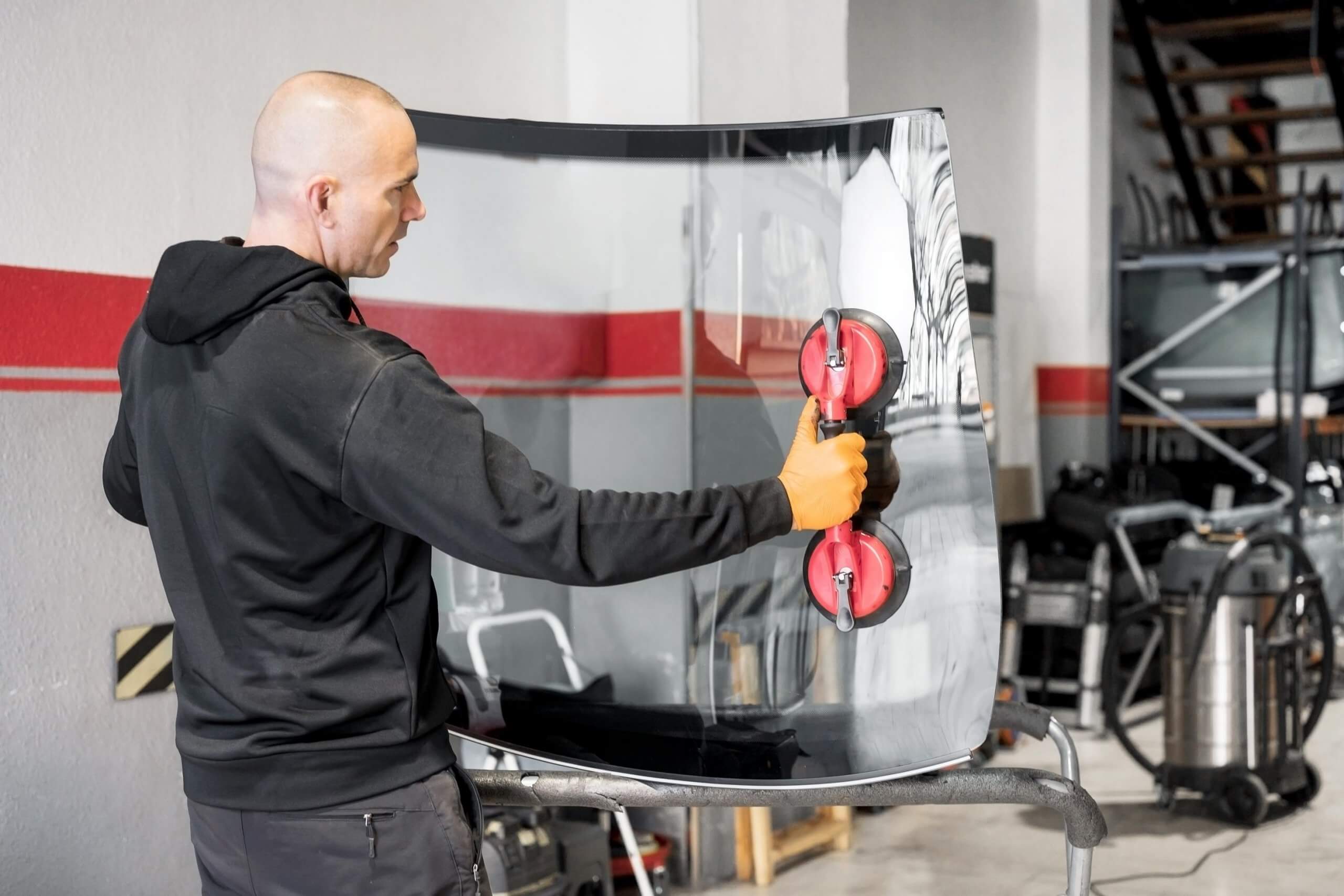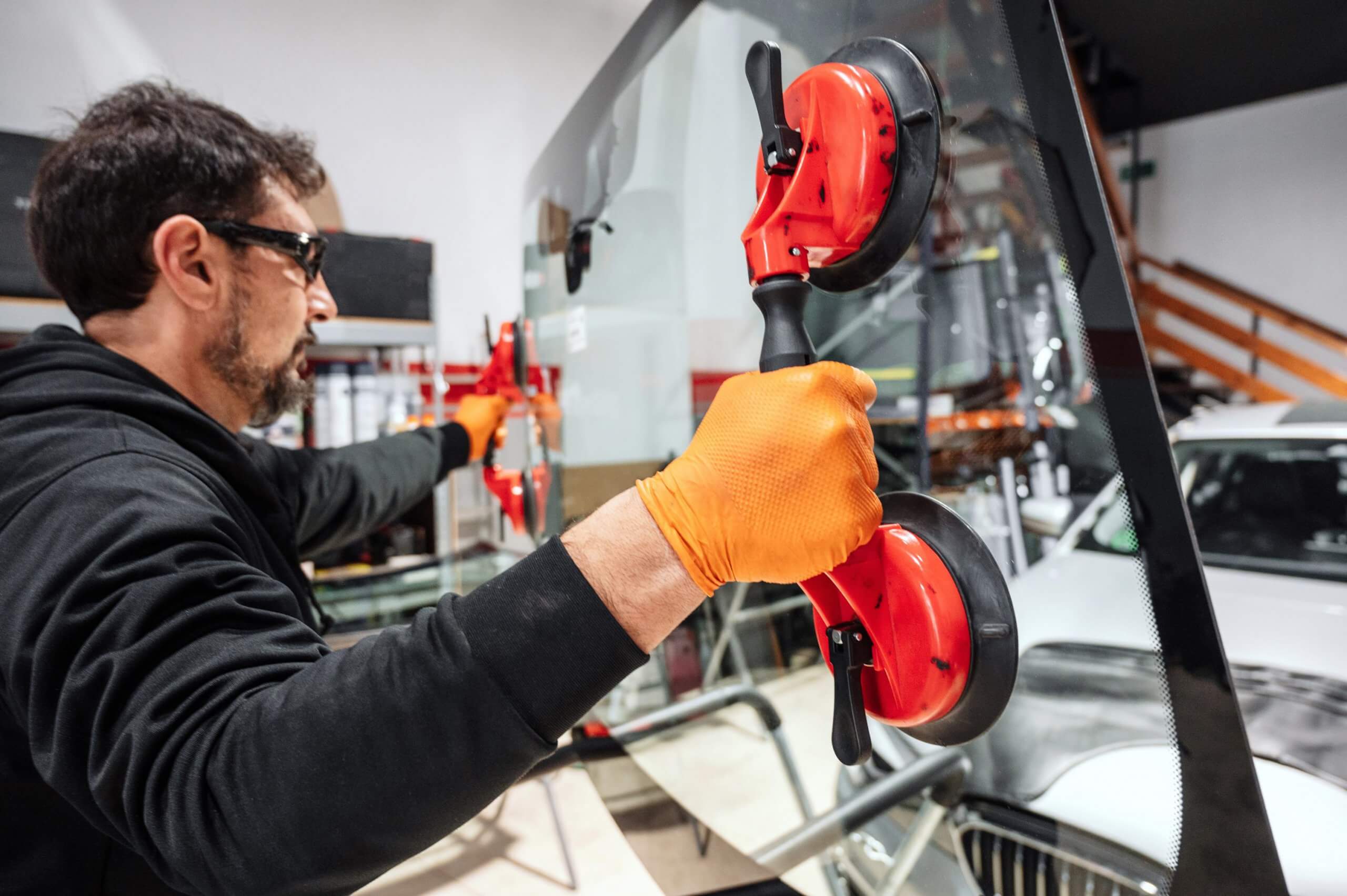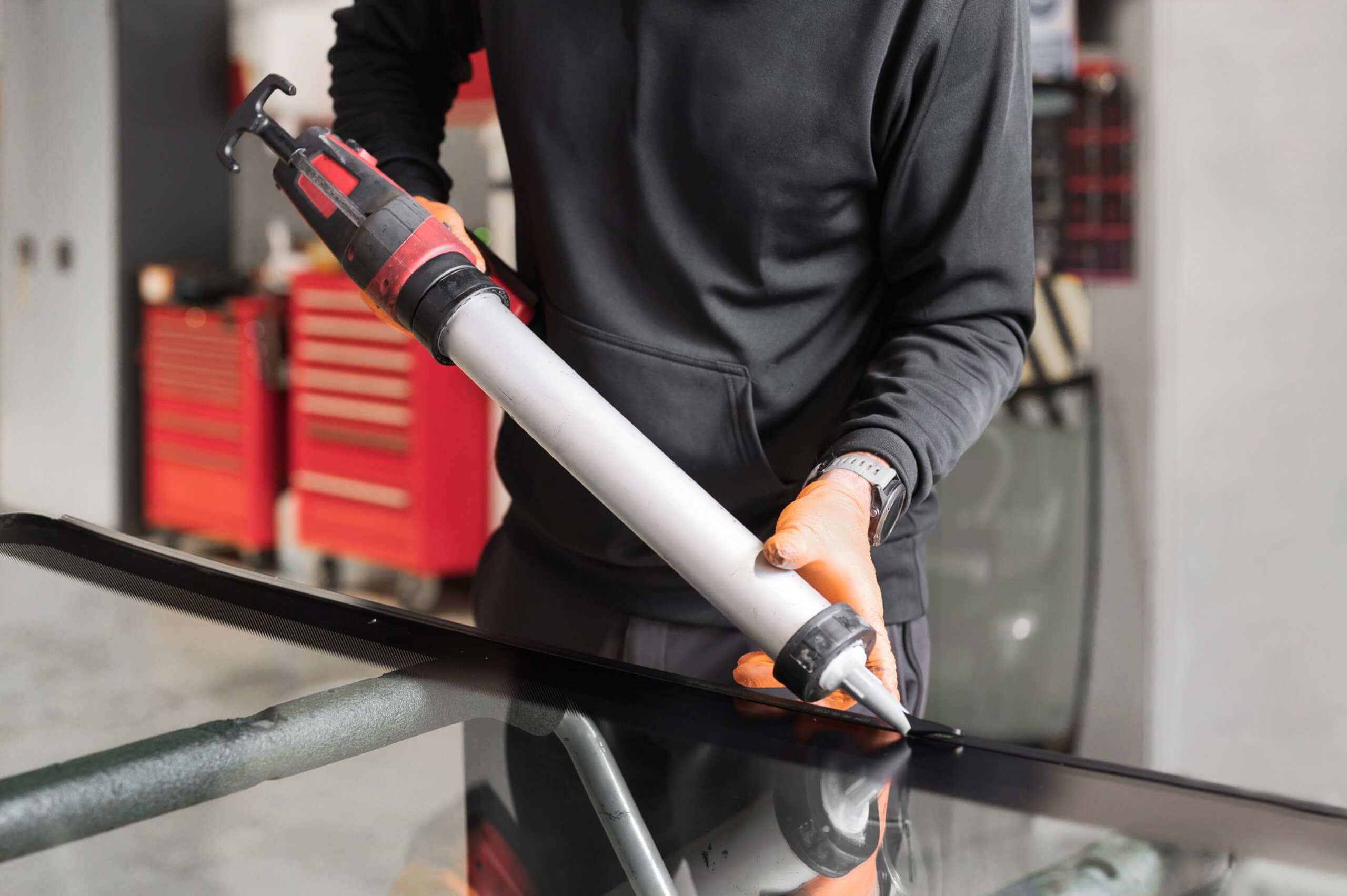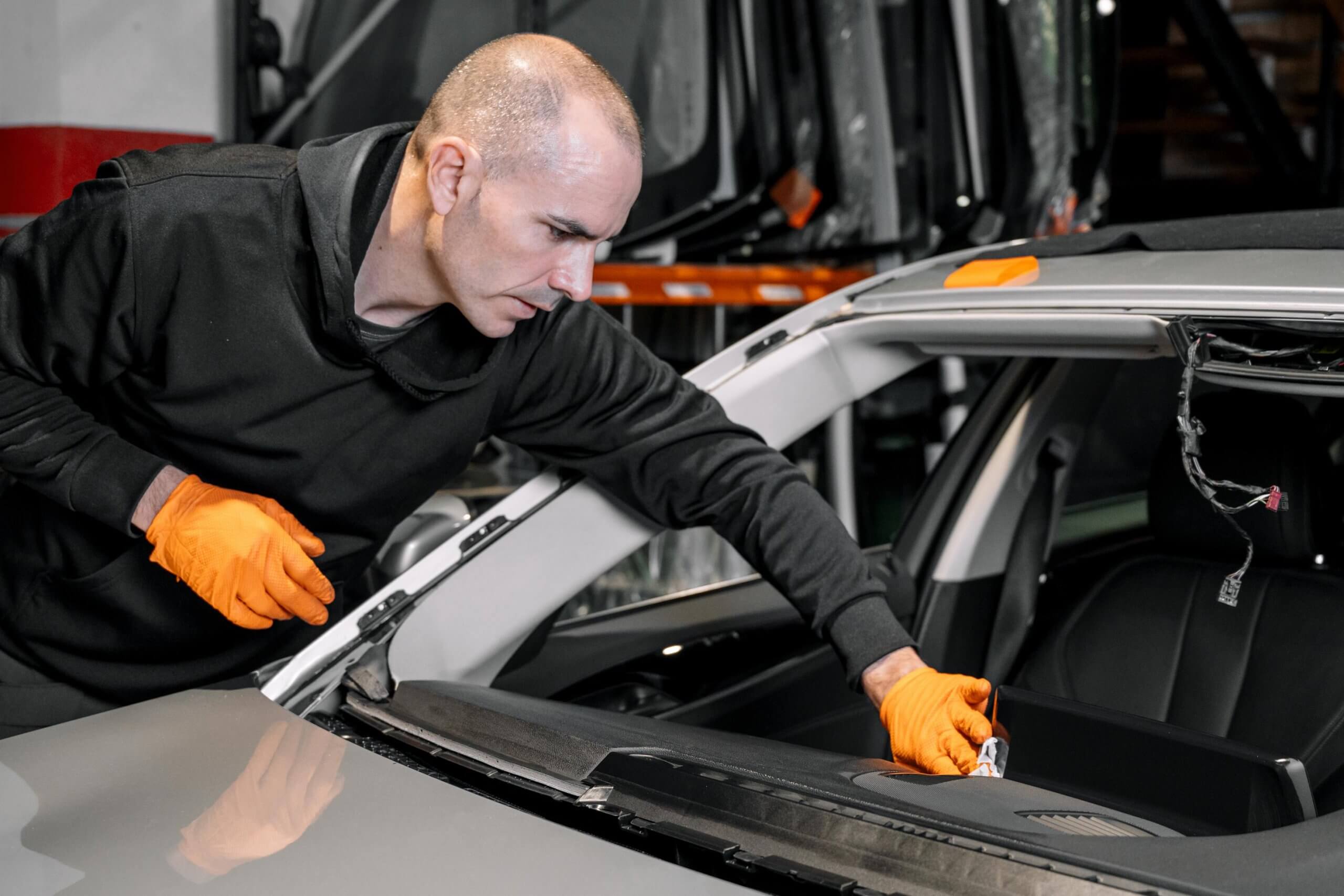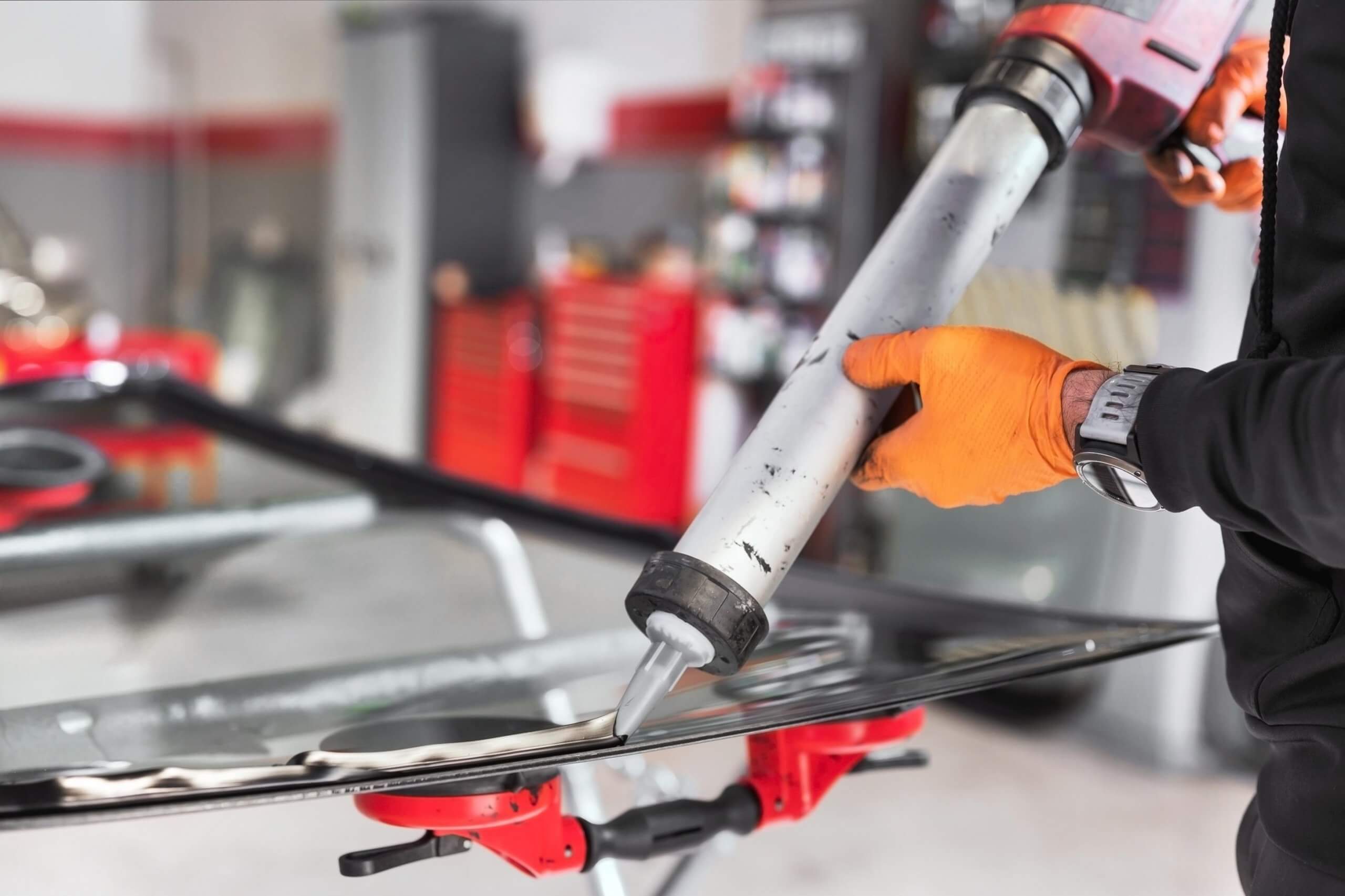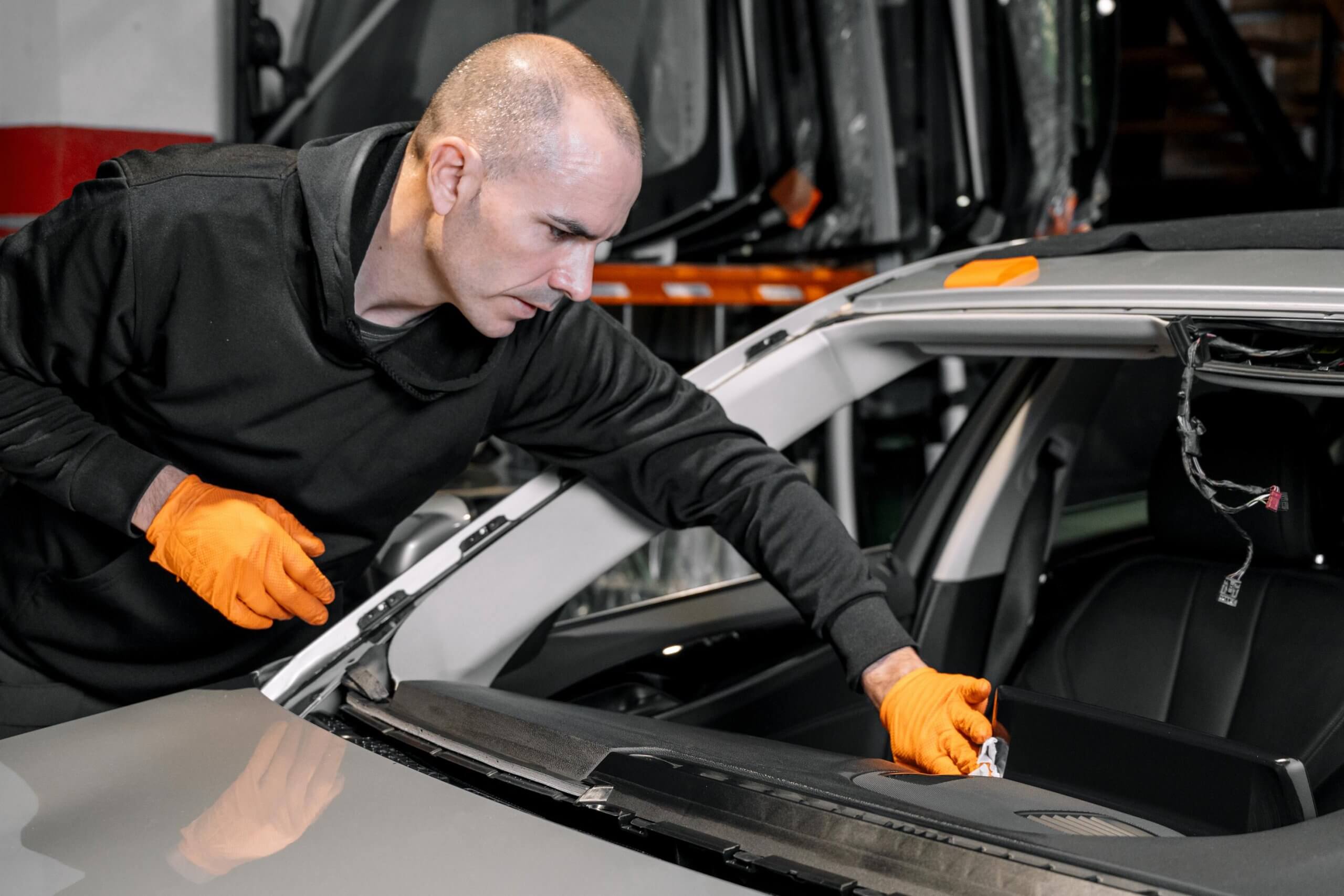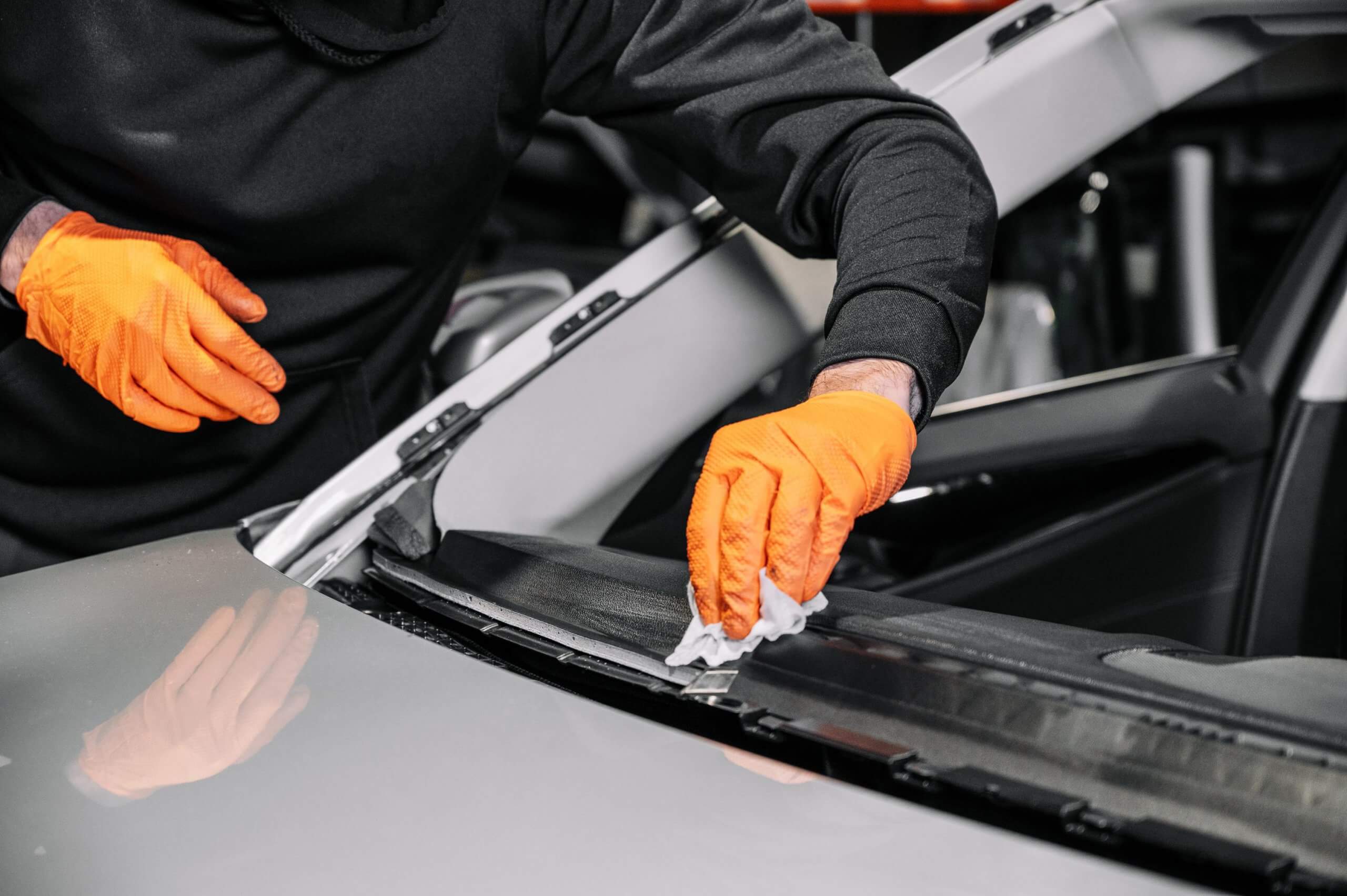When it comes to auto glass regulations and guidelines, there are two main categories: federal regulations that apply nationwide and state regulations that can vary from state to state. In Arizona, the state has its own set of laws regarding auto glass, which can expand on federal guidelines. Understanding these laws is crucial for every motorist to ensure compliance and safety on the road. In this article, we will compare federal and Arizona state auto glass laws, covering their requirements, exceptions, equipment guidelines, violations, and more.
Federal Windshield Laws:
- Windshield Damage: According to federal regulations, windshields must not have any damage or discoloration in the center area in front of the driver. This defined area extends above the steering wheel, within 2″ of the top, and 1″ from each side.
- Cracks and Damage: One crack that extends into the center area is acceptable under federal guidelines. However, more than one crack or a crack connected to spidering, chips, or other damage is not permissible.
Arizona Windshield Laws:
General Requirements:
- Adequate Windshield: Arizona requires all motor vehicles to have an “adequate” windshield.
- Safety Glass: Windshields must be made of safety glass designed to prevent shattering and flying pieces upon impact.
Exceptions by Vehicle Type and Age:
- Certain vehicles are exempt from needing a windshield, including motorcycles, ATVs, and golf cars manufactured before June 17, 1998, as well as antique vehicles not originally equipped with a windshield.
- Golf cars are not required to have a safety glass windshield due to their slow operating speeds on golf courses.
Equipment Requirements and Guidelines:
- Wipers: All vehicles with a windshield, except golf carts, must have driver-controllable wipers capable of removing all types of moisture, including rain, snow, and hail.
- Windshield Tint: Tint is allowed on windshields within specific guidelines, such as being non-reflective, not extending past the manufacturer’s AS-1 line, and not being red.
- Stickers: Stickers are permitted on windshields as long as they do not obstruct the driver’s field of vision.
Health Exceptions:
Exceptions to the guidelines may be made for personal safety and health reasons. Individuals who medically require window tint for sun exposure mitigation while driving can request a formal exception.
Violations and Officer Discretion in Arizona:
- Violations: Drivers in violation of federal or state guidelines can be stopped by police officers and issued citations and fines, which vary by county.
- Officer Discretion: Since the term “adequate windshield” is not explicitly defined, violations and fines are issued based on the officer’s discretion.
Can I Get a Ticket for Putting Off My Phoenix Windshield Replacement?
Yes, drivers can receive tickets for obstructing their field of view with windshield damage or driving with an “inadequate” windshield, which can be left to an officer’s discretion.
Conclusion:
Understanding the differences between federal and state auto glass laws is essential for Arizona motorists. While federal laws set the minimum standards, state regulations can further expand on these guidelines. To avoid potential fines and ensure your safety, comply with both federal and Arizona state auto glass laws. If you require windshield repair or replacement, consult a reputable auto glass service provider


